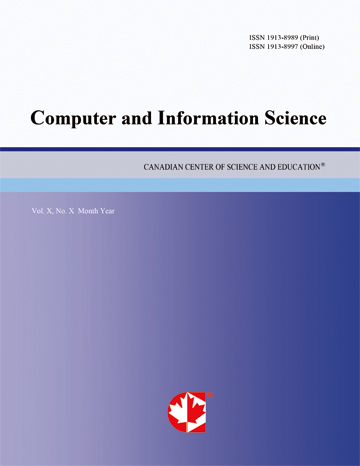Measuring the Performance of Hospitals in Lebanese qadas Using PCA- DEA Model
- Alissar Nasser
Abstract
We study in this paper the performance of Hospitals in Lebanon. Using the nonparametric method Data Envelopment Analysis (DEA), we are able to measures relative efficiency of Hospitals in Lebanon. DEA is a technique that uses linear programming and it measures the relative efficiency of similar type of organizations termed as Decision Making Units (DMUs). In this study, due to the lack of individual data on hospital level, each DMU refers to a qada in Lebanon where the used data represent the aggregation of input and outputs of different hospitals within the qada. In DEA, the inclusion of more number of inputs and /or outputs results in getting a more number of efficient units. Therefore, selecting the appropriate inputs and outputs is a major factor of DEA results. Therefore, we use here the Principal Component Analysis (PCA) in order to reduce the data structure into certain principal components which are essential for identifying efficient DMUs. It is important to note that we have used the basic BCC-input model for the entire analysis. We considered 24 DMUs for the study, using DEA on original data; we got 17 DMUs out of 24 DMUs as efficient. Then we considered 1 PC for inputs and 1 PC for output with almost 80 percent variances, resulting in 3 DMUs as efficient and 21 as inefficient. Using 1 PC for input and 2 PCs for output with 90 percent variance for both input and output, we got 9 DMUs as efficient and 15 DMUs as inefficient. Finally, we have attempted to identify the efficient units with 2 PCs and for 2 PCs for input and outputs with variance more than 95 percent, resulting in 10 efficient DMUs and 14 inefficient DMUs. In Principal Component analysis, if the variance lies between 80 percent to-90 percent it is judged as a meaningful one. It is concluded that Principal Component Analysis plays an important role in the reduction of input output variables and helps in identifying the efficient DMUs and improves the discriminating power of DEA.
- Full Text:
 PDF
PDF
- DOI:10.5539/cis.v12n1p23
Journal Metrics
WJCI (2022): 0.636
Impact Factor 2022 (by WJCI): 0.419
h-index (January 2024): 43
i10-index (January 2024): 193
h5-index (January 2024): N/A
h5-median(January 2024): N/A
( The data was calculated based on Google Scholar Citations. Click Here to Learn More. )
Index
- Academic Journals Database
- BASE (Bielefeld Academic Search Engine)
- CiteFactor
- CNKI Scholar
- COPAC
- CrossRef
- DBLP (2008-2019)
- EBSCOhost
- EuroPub Database
- Excellence in Research for Australia (ERA)
- Genamics JournalSeek
- Google Scholar
- Harvard Library
- Infotrieve
- LOCKSS
- Mendeley
- PKP Open Archives Harvester
- Publons
- ResearchGate
- Scilit
- SHERPA/RoMEO
- Standard Periodical Directory
- The Index of Information Systems Journals
- The Keepers Registry
- UCR Library
- Universe Digital Library
- WJCI Report
- WorldCat
Contact
- Chris LeeEditorial Assistant
- cis@ccsenet.org
